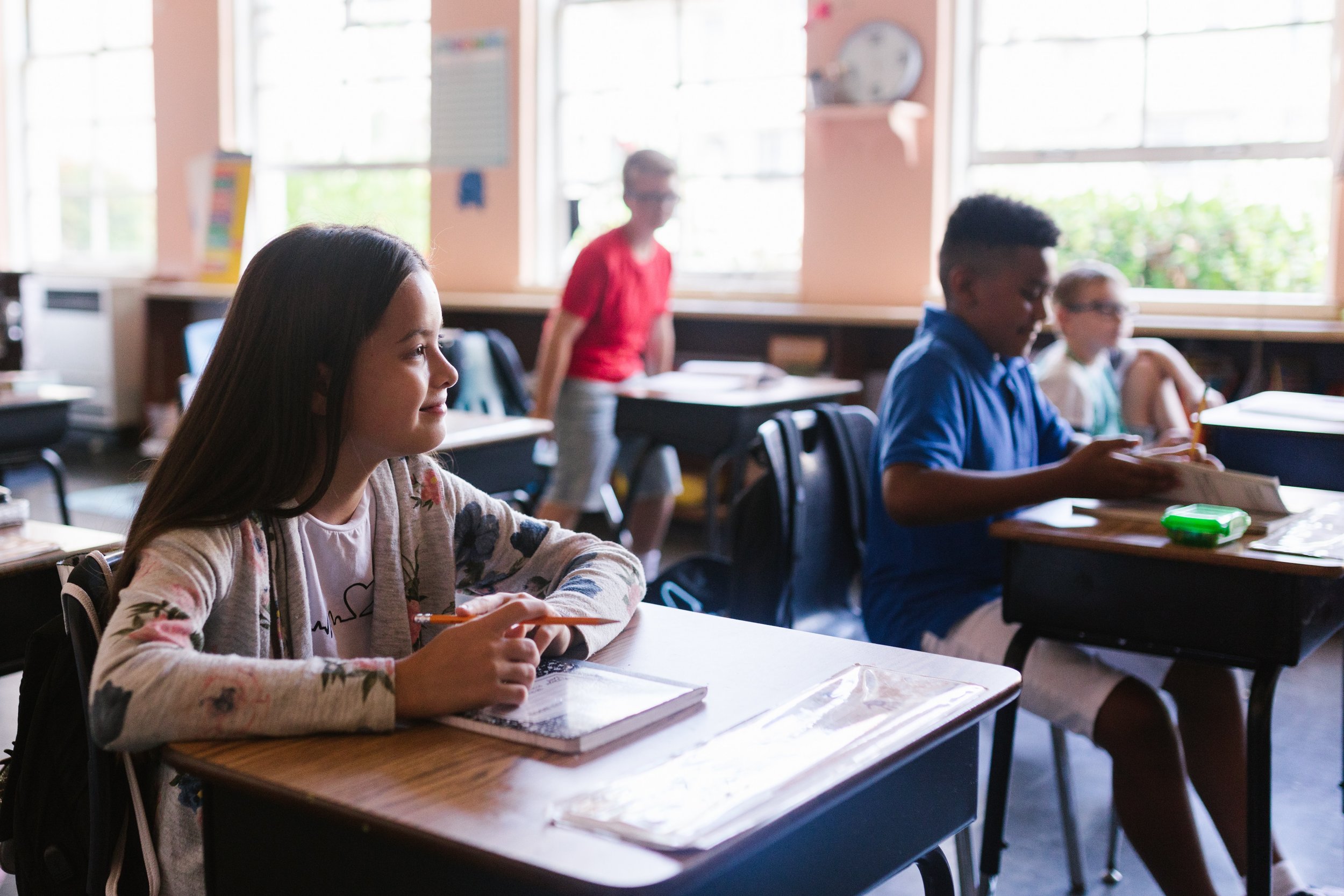Anxiety or ADHD? How to tell the difference and get your child the right help
Anxiety and ADHD can have similar symptoms:
Difficulties paying attention
Tuning out or getting caught up in one’s emotions
Trouble managing frustrations or acting out
Children and teens who have trouble paying attention are often believed to be experiencing ADHD, which can lead to anxiety diagnoses being overlooked.
Only a licensed mental health professional can make an accurate diagnosis. But there are ways that you, as a parent or caregiver, can get an idea of whether your child’s behavior likely stems from anxiety or ADHD.
1. What are the similarities between anxiety and ADHD?
Trouble paying attention or focusing on tasks can seem like obvious hallmarks of ADHD — but they can also stem from anxiety. When kids are distracted by constant worry, concentrating in school gets way more difficult. Anxiety is often missed because it can present with similar behaviors to ADHD like:
Making careless mistakes in school work or overlooking details
Being easily distracted or sidetracked
Having difficulty following instructions
Seeming inattentive when spoken to directly
Having trouble organizing tasks and possessions
Failing to finish work in school or chores at home
Avoiding or resisting tasks that require sustained mental effort
Losing assignments, books, jackets, backpacks, sports equipment
Many children with ADHD also have anxiety. Sometimes this is because kids feel anxious as a result of their ADHD symptoms — they can’t attend to things in class so they’re always missing information and getting into trouble, which they feel nervous or worried about.
2. Anxiety VS ADHD
As a parent or caregiver, you cannot make a definite diagnosis. But there are behaviors you can spot that would help you understand whether your child is facing anxiety or ADHD. Besides trouble paying attention, two other kinds of behavior are associated with ADHD: hyperactivity and impulsivity.
Hyperactivity MAY INVOLVE BEHAVIORS LIKE:
Fidgeting or squirming
Difficulty staying in their seat
Running and climbing at inappropriate times or places
Trouble playing quietly
Always seems to be “on the go”
Impulsivity MAY INVOLVE BEHAVIORS LIKE:
Impatience, inability to wait for their turn
Excessive talking or use of an overly loud voice
Blurts out answers or comments
Interrupts or intrudes on others’ conversations, activities, or possessions
The majority of children with ADHD have some combination of inattentive, hyperactive and impulsive behaviors.
3. How is ADHD or anxiety diagnosed?
A definitive diagnosis of ADHD or anxiety can only be made by a licensed mental health professional. Before getting a diagnoses observe your child’s behavior so that you can provide the best information possible to your child’s care provider.
Observe your child’s symptoms over time. For example, a child with anxiety may be unable to concentrate in situations that cause them to feel anxious. On the other hand, if your child has ADHD, they may find it difficult to concentrate most of the time, in any type of situation.
Involve your child’s teacher and school counselor and ask for their help observing your child’s behavior during school. Look for whether the behaviors above occur only in certain situations or across most situations.
It may be time to look for help when behaviors become severe, occur often and have been occurring consistently over time.
To be diagnosed with ADHD, a child must have symptoms in at least two settings, like home and school, for at least six months.
4. Treating anxiety and ADHD
You can find effective treatment options for both anxiety and ADHD. Your doctor and therapist should work carefully with you to introduce one intervention at a time and develop a strategy that will be both safe and effective.
Anxiety is often best treated through CBT, or cognitive behavior therapy, which helps kids learn how challenge unrealistic thoughts and tolerate the things that make them anxious.
ADHD is primarily treated with a combination of parent training and the use of stimulant medication to help the child focus. Some children who get effective treatment for ADHD also experience a reduction in anxiety.
In other situations, children who have both an anxiety disorder and ADHD find the child’s anxiety doesn’t “go away” when the ADHD symptoms get better. In these cases, a combination of cognitive behavioral therapy and medications may be the most effective treatment.

